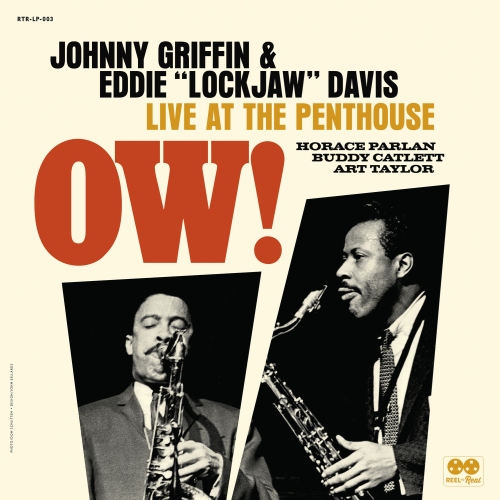Blue Note Records is an American jazz record label, owned by
Universal Music Group and currently operates in conjunction with Decca
Records. Established in 1939 by Alfred Lion and Max Margulis, it derives
its name from the characteristic "blue notes" of jazz and the blues.
Originally dedicated to recording traditional jazz and small group
swing, from 1947 the label began to switch its attention to modern jazz.
While the original company did not itself record many of the pioneers
of bebop, significant exceptions are Thelonious Monk, Fats Navarro and
Bud Powell.
Many great jazz musicians recorded for Blue Note, but the man
responsible for the quality of label’s recordings – their high dynamic
and tonal range and lifelike presence – was sound engineer,
Rudy Van Gelder.
It was his recording equipment, choice and placement of microphones,
the work at the mixing desk, the selection and rejection of takes, and
the active supervision of the whole recording process from monitoring
the dials through to cutting of the master lacquer, that created the
“Blue Note sound”.
Van Gelder always sought to be at the forefront of recording technology –
the Scully lathe he used for cutting lacquer masters was the first to
feature variable pitch/depth control to optimise groove-width and
loudness. He deployed the newest Neumann/ Telefunken U-47 condenser
microphone, which he had specially modified for use very close to
instruments. His recordings were made on the latest Ampex tape
recorders.
Blue Note made the switch to 12" LPs late in 1955. The Modern Jazz
Series continued with the following 12" LPs. Many of these were issued
in both monaural versions (BLP series) and stereo versions (BST 81500
series), sometimes in electronically rechanneled stereo. In certain
cases, the stereo versions of recordings from 1957 onwards only appeared
many years later. Beginning in 1956 with BLP 1509, Reid Miles designed
most of the Blue Note LP covers. The 1500 series has been systematically
reissued by Toshiba-EMI in Japan ("
Blue Note Works 1500" series, 20-bit 88.2 kHz CDs); the catalog numbers are TOCJ-1501, etc.
BN.1531- Fats Navarro- 1953- The Fabulous Fats Navarro Vol.1
BN.1532- Fats Navarro- 1953- The Fabulous Fats Navarro Vol.2
BN.1533- Johnny Griffin- 1956- Introducing Johnny Griffin {RVG Remaster}
BN.1534- Paul Chambers- 1956- Whims Of Chambers
BN.1535- Kenny Dorham- 1955- Afro-Cuban {RVG Remaster}
BN.1536- J.R. Monterose- 1956- J.R. Monterose {RVG Remaster}
BN.1537- Lou Donaldson- 1954- Quartet Quintet Sextet
BN.1538- Lee Morgan- 1956- Lee Morgan Indeed! {RVG Remaster}
BN.1539- Horace Silver- 1956- Six Pieces Of Silver {RVG Remaster}
BN.1540- Hank Mobley- 1956- With Donald Byrd & Lee Morgan





